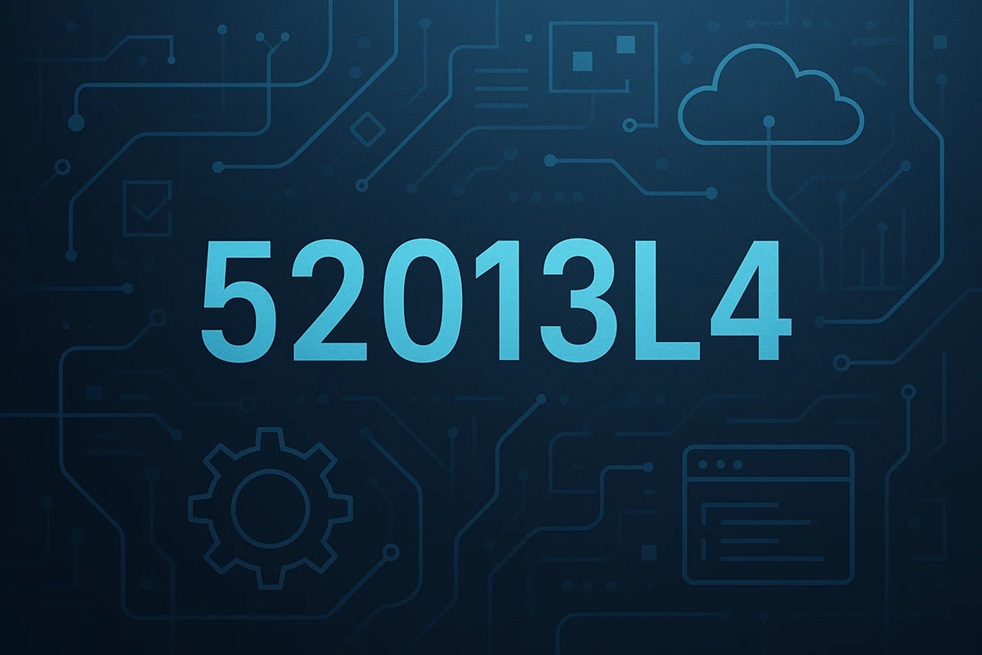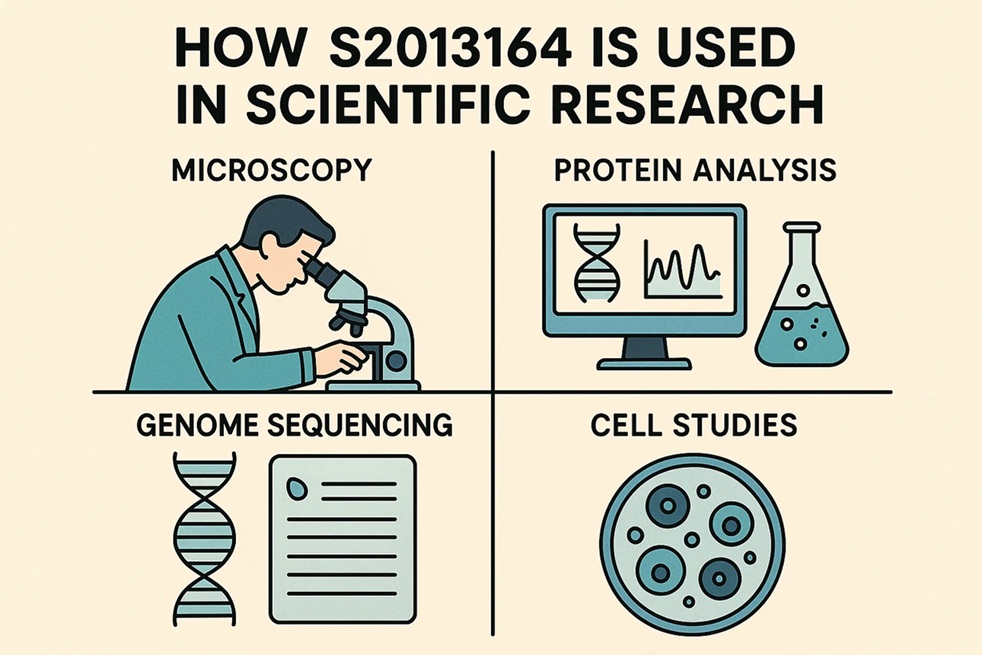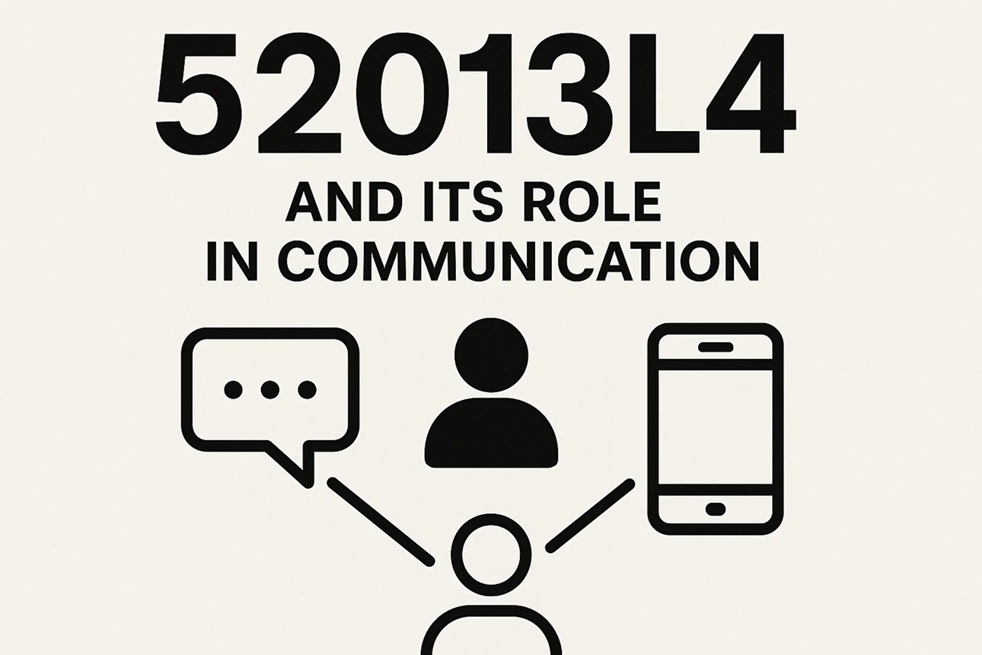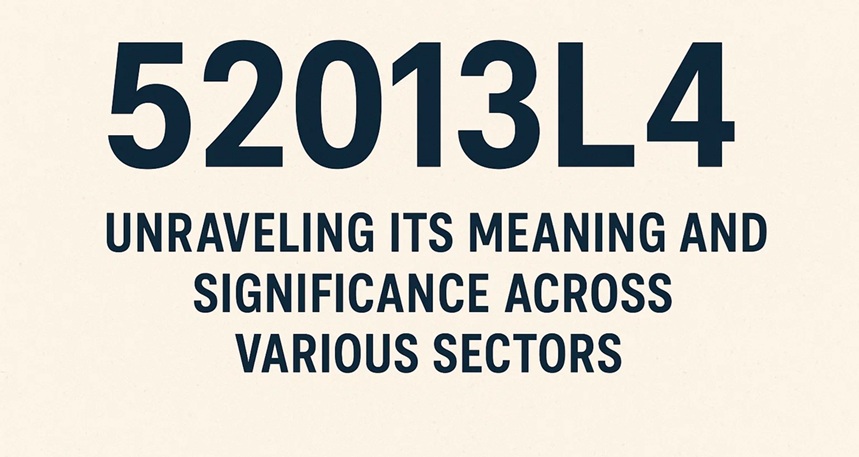In today’s digital age, alphanumeric codes and identifiers are becoming increasingly commonplace, and among these, 52013l4 has emerged as a term that has intrigued many. Whether encountered in online forums, software documentation, or even in technical and financial sectors, understanding the meaning and significance of 52013l4 can provide clarity and insights into how such codes impact various industries. This article delves deep into the origins, interpretations, and applications of 52013l4, offering readers a comprehensive understanding of its relevance. From technological implementations to cultural connotations, the term carries multiple layers of meaning that are worth exploring in detail.
Table of Contents
Origin and Basic Understanding of 52013l4
The alphanumeric sequence 52013l4 appears to be a combination of numbers and letters designed for identification purposes. Typically, such codes are not arbitrary; they are generated to encode specific information in a condensed form. In many instances, 52013l4 could serve as a reference number, a model identifier, a product code, or even a digital key used in various software and hardware systems. The numbers and letters together can represent chronological data, category classification, or batch numbers. In essence, 52013l4 is part of a broader system of codification that allows for easy categorization, tracking, and retrieval of information.
Historically, alphanumeric codes like 52013l4 gained prominence in computing and logistics. The combination of numbers and letters provides a more extensive range of unique identifiers compared to using just numbers. In sectors such as manufacturing, technology, and e-commerce, having a unique identifier like 52013l4 ensures precision in inventory management, software licensing, or even transaction tracking. As digital systems continue to evolve, understanding such codes becomes increasingly relevant to professionals and consumers alike.
52013l4 in Technology and Software

In the technology sector, 52013l4 is often seen as a reference code within software environments. It could be part of a software versioning system, an update patch, or a specific module identifier within complex programs. For instance, developers might use 52013l4 internally to track iterations of a software application, allowing teams to pinpoint the exact version and changes associated with that build. This ensures smooth coordination across development, testing, and deployment phases.
Moreover, in cybersecurity, codes like 52013l4 can serve as unique keys for encryption, authentication, or system access. Organizations often generate such sequences to maintain secure access to sensitive information, where each code is uniquely tied to a user, device, or process. This approach minimizes the risk of duplication and enhances the integrity of digital operations. As software continues to become more modular and interconnected, understanding these identifiers is critical for IT professionals and users who rely on secure and efficient systems.
52013l4 in Finance and Business
Beyond technology, 52013l4 finds relevance in the financial and business sectors. Alphanumeric codes are widely used in banking, accounting, and corporate management to identify transactions, client accounts, or product lines. For example, a banking institution may assign 52013l4 to a particular transaction batch, helping auditors and managers trace activities efficiently. Similarly, in inventory management, businesses often rely on such codes to track stock movement, shipment batches, and supplier references.
In marketing and e-commerce, 52013l4 may also be used as a promotional or tracking code. It enables companies to monitor customer engagement, purchase trends, or loyalty program activities. By analyzing data associated with such codes, businesses gain actionable insights into consumer behavior, operational efficiency, and market trends. Therefore, the significance of 52013l4 extends far beyond being a mere identifier; it becomes an analytical tool that supports informed decision-making in commercial contexts.
Interpretations of 52013l4 in Popular Culture
Interestingly, 52013l4 has also found its way into online culture and communities, particularly in forums, gaming platforms, and social media discussions. Often, such codes are interpreted or adapted by users to convey hidden meanings, jokes, or personalized references. While these interpretations may not always have official significance, they demonstrate the flexibility of alphanumeric sequences as cultural symbols.
For example, in gaming communities, players might use 52013l4 as a username, clan tag, or secret reference to an in-game item or achievement. Similarly, on online discussion boards, enthusiasts may attribute imaginative meanings to the code, turning it into a symbol of identity or camaraderie. This cultural adoption highlights the social dimension of such codes, where numerical and alphabetical sequences transcend functional utility and acquire symbolic value.
How 52013l4 is Used in Scientific Research

In scientific research, precise identification is crucial for experiments, sample tracking, and data analysis. Alphanumeric codes like 52013l4 are often assigned to datasets, chemical compounds, research samples, or study participants. This ensures clarity, reduces errors, and facilitates reproducibility of results. For instance, a biochemistry lab might label a series of test tubes or data files with 52013l4 to differentiate them from other samples in ongoing experiments.
Furthermore, in the realm of information science, such codes are integral to cataloging digital assets, managing research databases, and indexing academic publications. Researchers rely on unique identifiers like 52013l4 to maintain structured databases that support cross-referencing, data retrieval, and collaboration across institutions. As research methodologies become increasingly data-driven, the utility of codes like 52013l4 becomes ever more significant.
Potential Significance in Education and Documentation
In educational settings, codes such as 52013l4 can be assigned to courses, assignments, student records, or exam materials. This streamlines administrative processes and ensures accurate record-keeping. For instance, universities may use 52013l4 as a course code or module identifier in digital learning management systems. Students and faculty can then refer to this code for registration, grading, and progress tracking, simplifying complex academic workflows.
Documentation and archiving also benefit from unique alphanumeric identifiers. Libraries, museums, and digital archives often tag books, artifacts, or files with codes like 52013l4, ensuring systematic organization and quick retrieval. In these contexts, the code becomes more than a reference; it functions as a tool for knowledge management and historical preservation. Its consistency and uniqueness are essential for maintaining structured systems that facilitate access and analysis.
Understanding the Patterns in 52013l4
Analyzing the structure of 52013l4 can offer insights into its design and purpose. The sequence consists of five numbers followed by a lowercase letter and another number. Such a combination may indicate a specific categorization system where the numbers represent a sequential or date-based order, and the letter differentiates subcategories, types, or versions. This pattern is common in logistics, software versioning, and inventory systems, where distinguishing between items or iterations is crucial.
Decoding 52013l4 in this way demonstrates the careful thought that goes into designing identification systems. Each character serves a function, whether it signifies a batch, a version, a category, or a timestamp. Understanding these patterns enables professionals across sectors to interpret the code correctly and leverage it for operational efficiency.
52013l4 and Its Role in Communication

In contemporary communication, shorthand codes like 52013l4 are often used to simplify information exchange. For instance, in corporate emails, project management tools, or messaging platforms, referencing 52013l4 can immediately convey context without lengthy explanations. This practice enhances clarity, reduces ambiguity, and accelerates decision-making processes.
In digital communities, sharing codes like 52013l4 can also foster inclusivity, as members familiar with the code understand its significance instantly. This creates a shared language or lexicon that facilitates efficient interaction. Thus, beyond its functional role, 52013l4 contributes to effective communication in both professional and social contexts.
Potential Misinterpretations and Cautions
While 52013l4 has practical applications, it is essential to acknowledge potential misinterpretations. Since the code lacks an inherent, universal meaning, its interpretation depends on context. Misreading or applying the code incorrectly can lead to errors in inventory management, software deployment, or financial transactions. Organizations must ensure that 52013l4 is accompanied by clear documentation and guidelines to minimize confusion.
Additionally, users should exercise caution when encountering the code in online environments. Some individuals or communities may assign unofficial or misleading interpretations, which can create misunderstandings. Verifying the source and intended purpose of 52013l4 is crucial to avoid errors or misinformation.
Future Implications of 52013l4
As technology, commerce, and digital communication continue to evolve, the significance of codes like 52013l4 is likely to grow. The increasing reliance on unique identifiers in data-driven industries underscores their importance in maintaining order, security, and efficiency. In sectors such as blockchain, artificial intelligence, and IoT (Internet of Things), codes similar to 52013l4 may serve as critical components for system operations, data verification, and digital identity management.
Moreover, as society becomes more connected, these codes may also acquire cultural or social significance, expanding their role beyond purely functional applications. Understanding 52013l4 today provides a glimpse into how identifiers shape operational systems, technological frameworks, and even social interactions in the future.
Conclusion
In summary, 52013l4 is far more than a random alphanumeric sequence. It embodies a multi-faceted utility across technology, business, research, education, and culture. From tracking software versions to managing financial transactions, and from labeling research samples to symbolizing online identities, 52013l4 demonstrates the versatility and significance of modern coding systems. By understanding its patterns, applications, and interpretations, professionals and users alike can appreciate how such identifiers streamline operations, enhance communication, and support data-driven decision-making. As our digital and physical worlds continue to intertwine, codes like 52013l4 will remain essential tools in navigating complexity and ensuring precision across diverse sectors.






